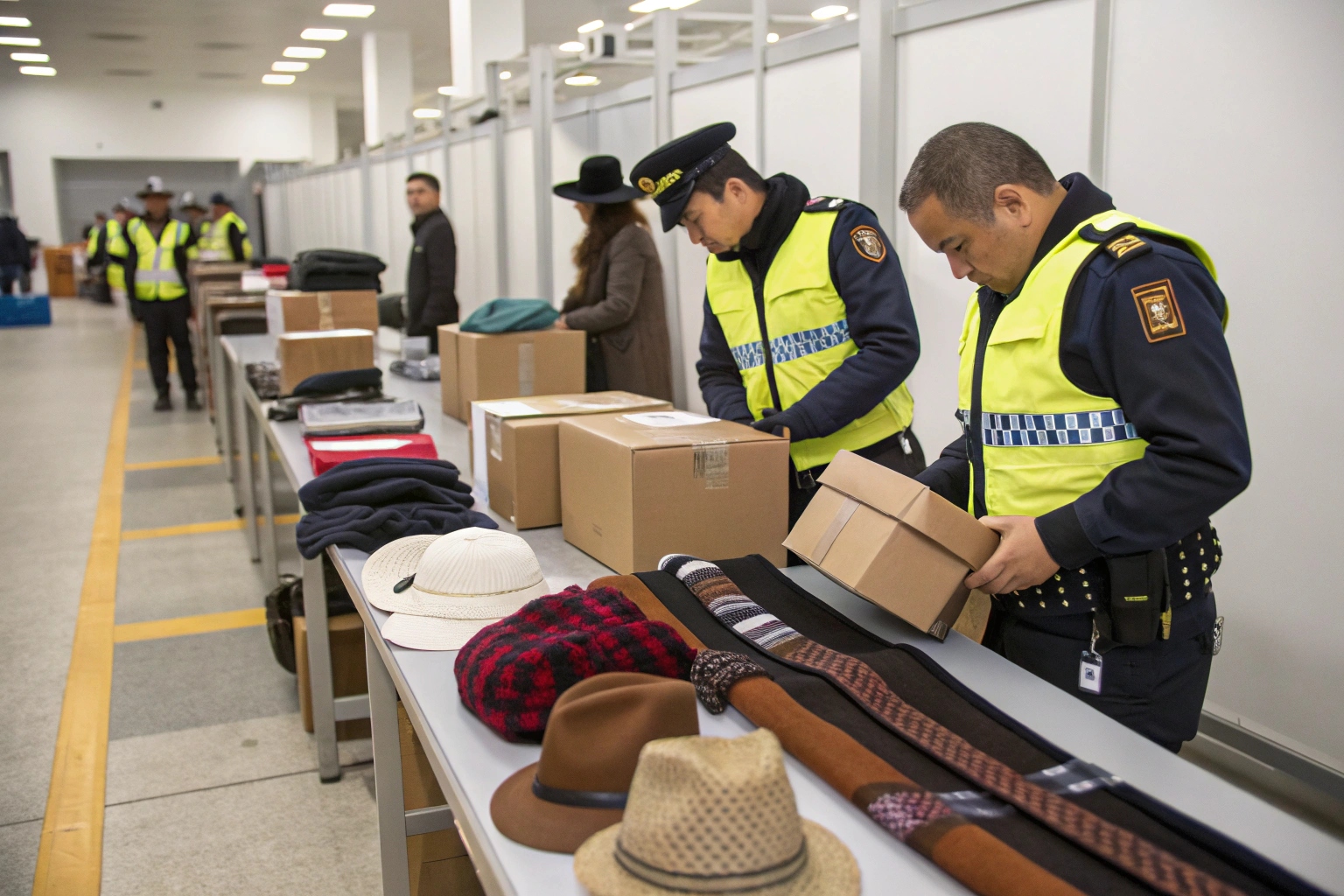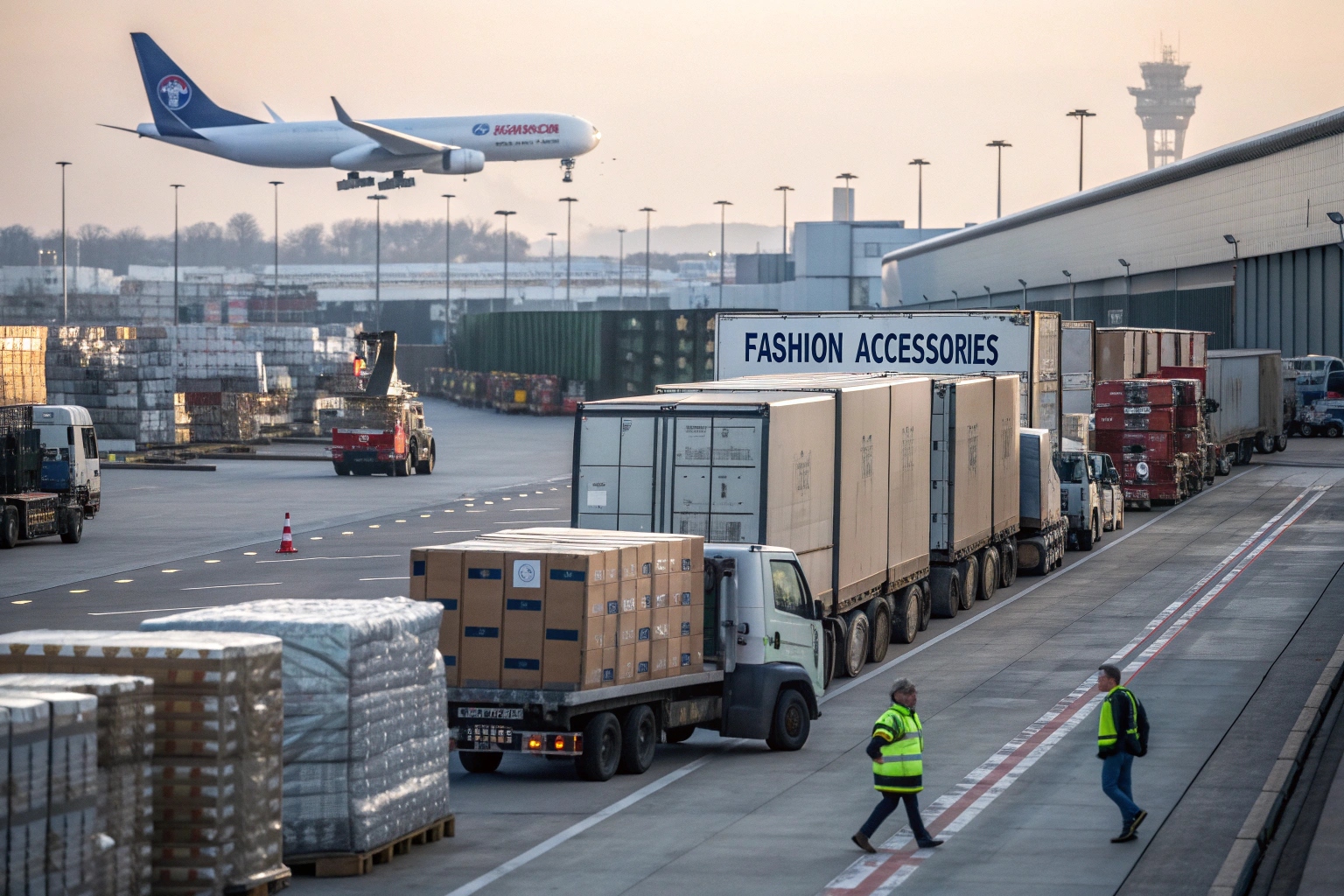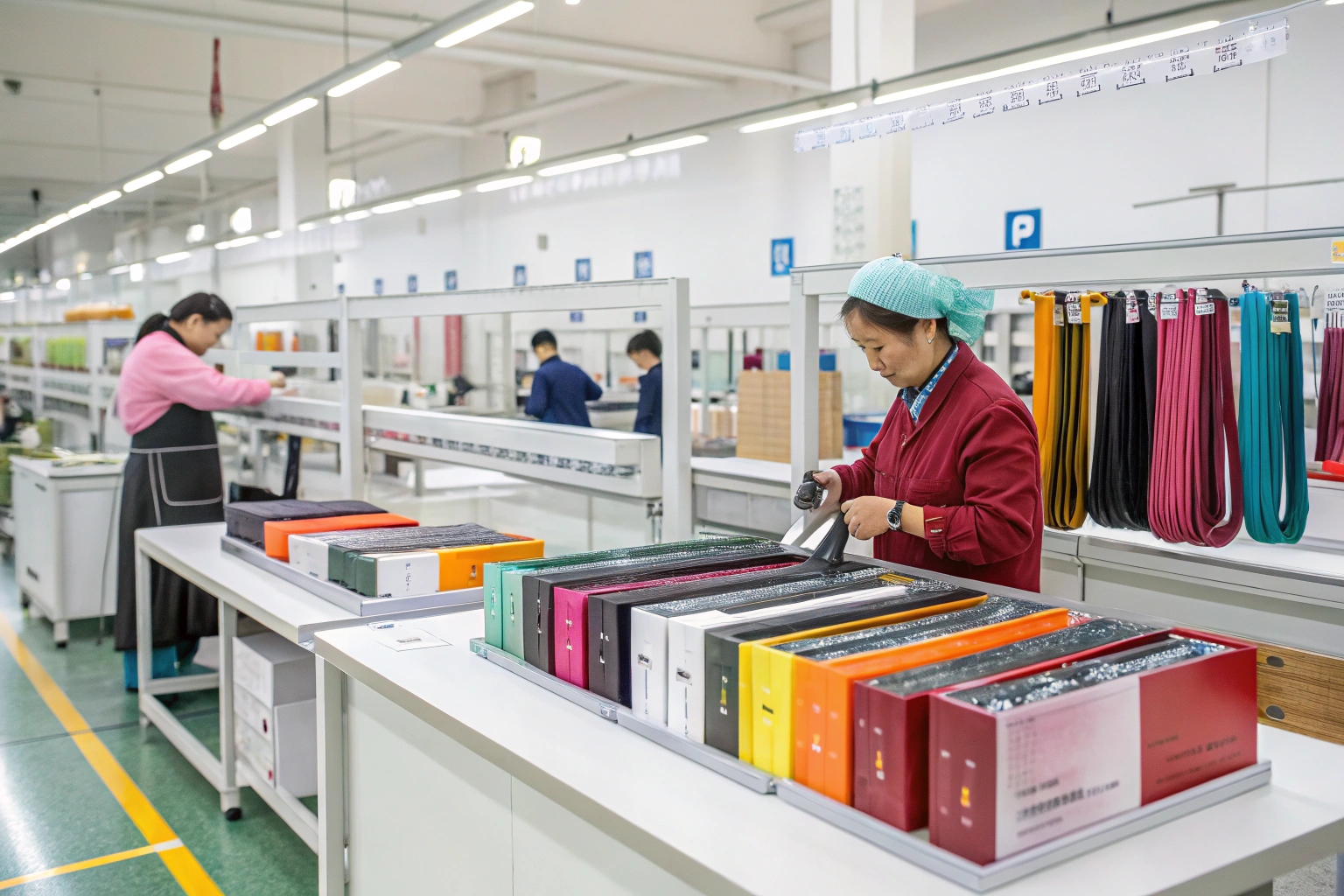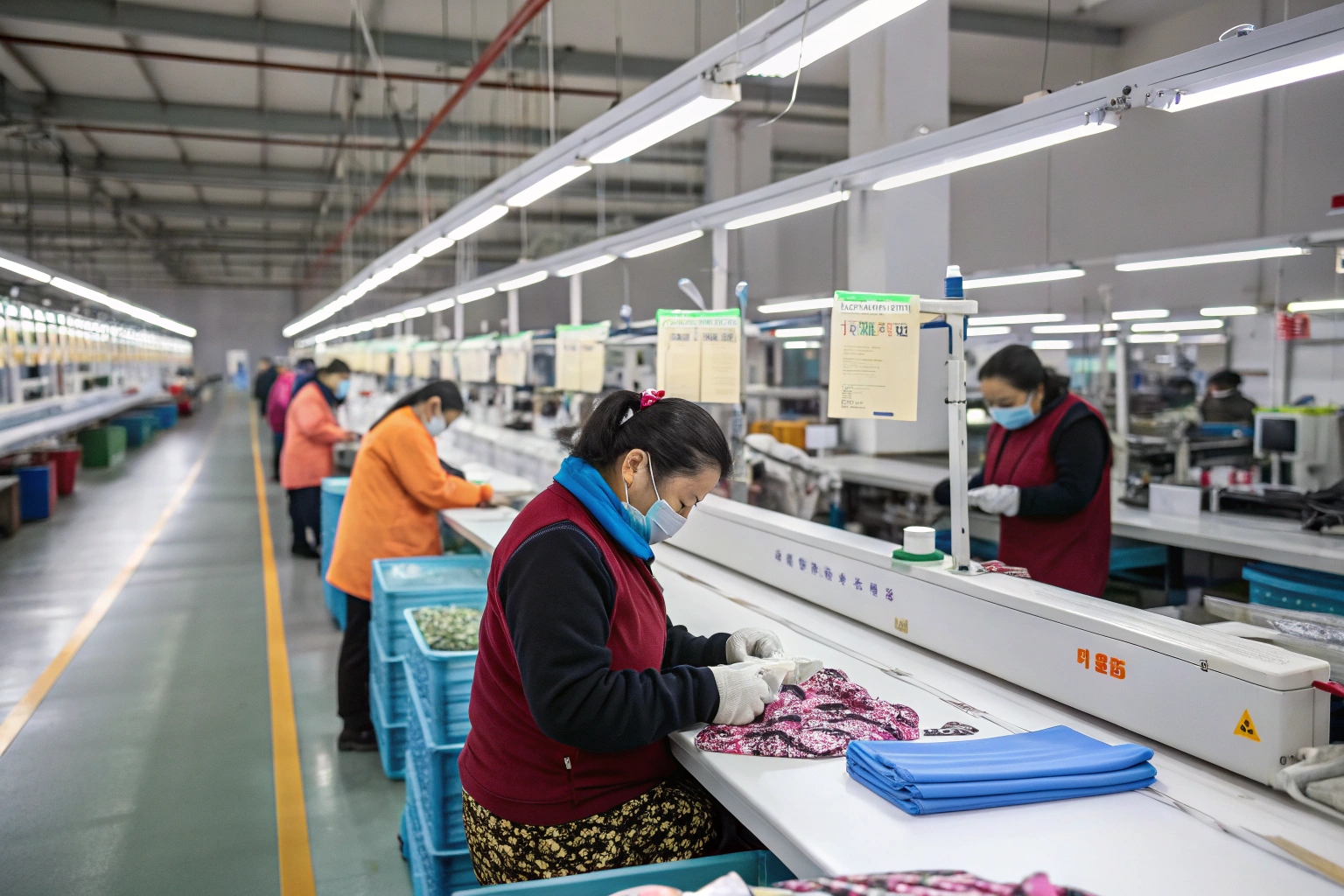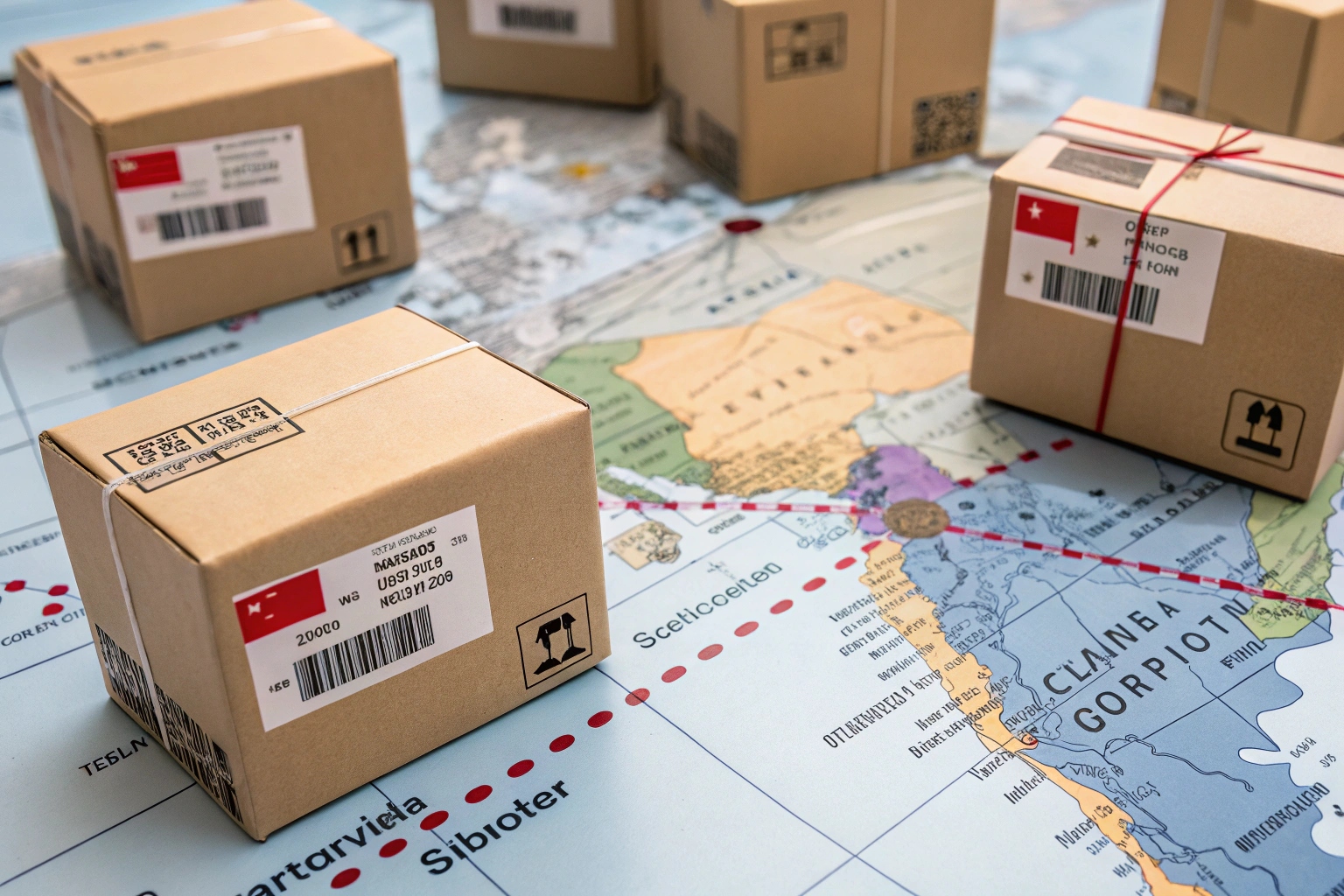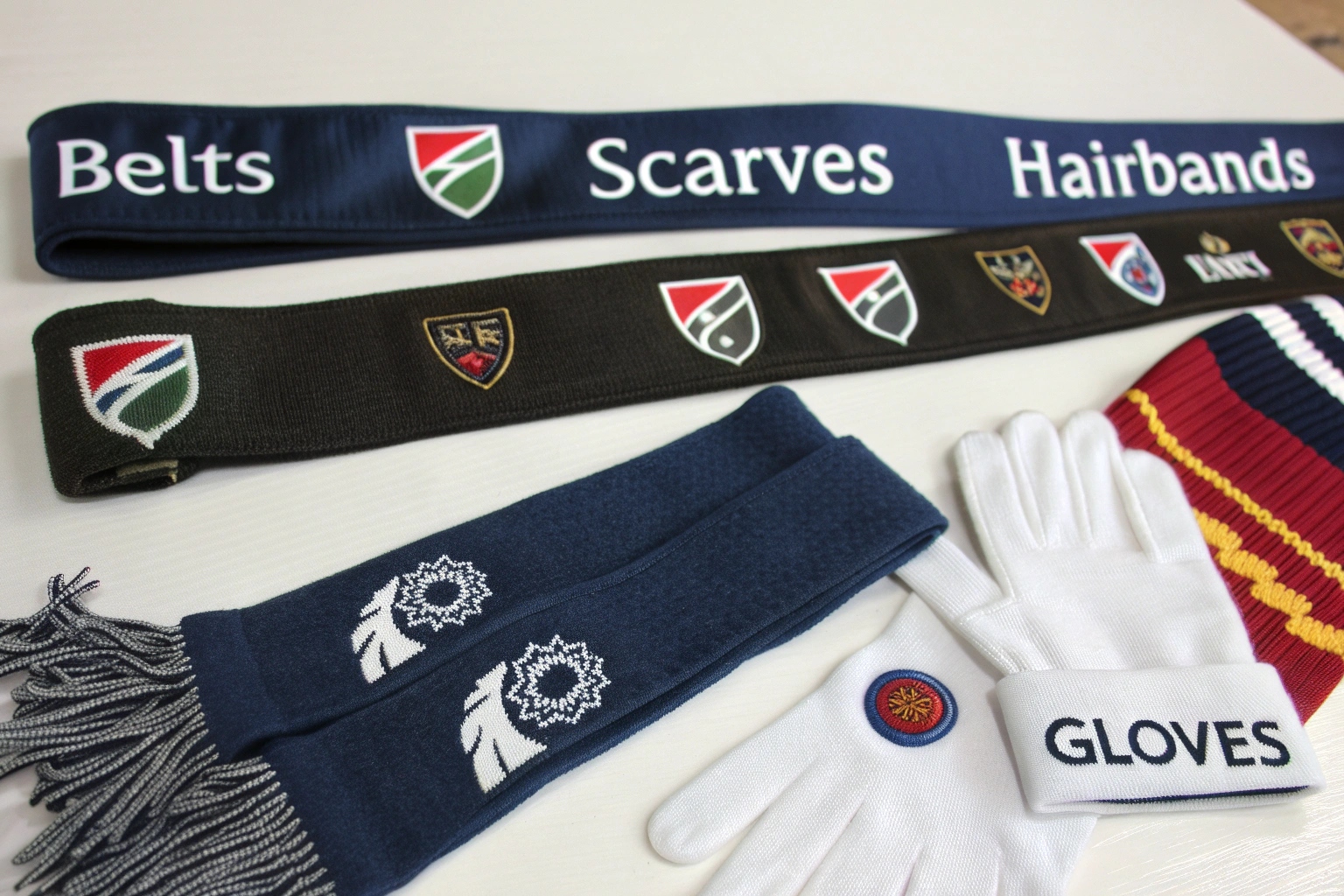Your production is ready, customers are waiting—and suddenly, everything stops because your Chinese supplier is on holiday. You didn’t see it coming, but the factory closure was scheduled months in advance.
Chinese holidays like Lunar New Year, National Day, and Mid-Autumn Festival can significantly disrupt the flow of accessories in production and shipping. At AceAccessory, we help our clients plan early, communicate clearly, and stay on schedule.
Shipping delays during holidays can lead to inventory shortages, lost sales, and unhappy customers. But if you plan smart, those delays are entirely avoidable.
What Are the Major Chinese Holidays Affecting Shipments?
Factory operations across China come to a near-complete stop during certain national holidays, and shipping lines often follow suit.
The three holidays with the most impact on accessory shipments from China are Lunar New Year (January–February), National Day (October), and the Mid-Autumn Festival (September or October).
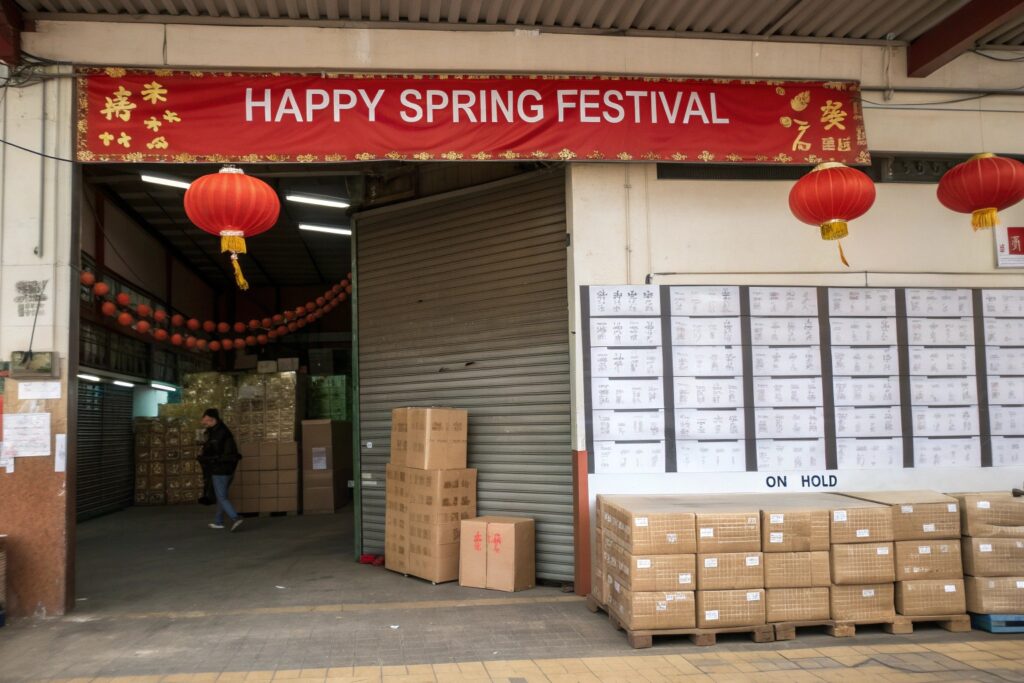
Which Chinese holidays matter most to importers?
1. Lunar New Year (Spring Festival)
- When: Late January to mid-February (varies yearly)
- Impact: 2–4 weeks of factory closure, including pre- and post-holiday slowdown
- Tip: Finalize orders at least 6 weeks before the shutdown
2. National Day Golden Week
- When: October 1–7
- Impact: Many factories shut for a full week; backlog lingers
- Tip: Avoid placing urgent orders in September
3. Mid-Autumn Festival
- When: September or October (varies)
- Impact: 1–2 days off, potential delays if overlapping with National Day
- Tip: Ask your supplier early about overlapping closures
| Holiday | Duration | Industry Impact | Required Lead Time |
|---|---|---|---|
| Lunar New Year | 2–4 weeks | High – all operations | 1–2 months ahead |
| National Day | 7 days | Medium–High | 3–4 weeks ahead |
| Mid-Autumn Festival | 1–2 days | Low–Medium | 2 weeks ahead |
We usually remind clients around November to confirm January deadlines. If an order is meant for Valentine’s Day sales, missing the December production window means missing the season entirely.
How to Plan Orders Around Lunar New Year Closures?
The Lunar New Year is the single most disruptive period in China’s production calendar. Every factory, including ours, shuts down. Workers return to their hometowns. Some never return.
To avoid shipment delays around Lunar New Year, place orders no later than early December and allow two extra weeks for production lead times. Post-holiday restart delays also need to be factored in.
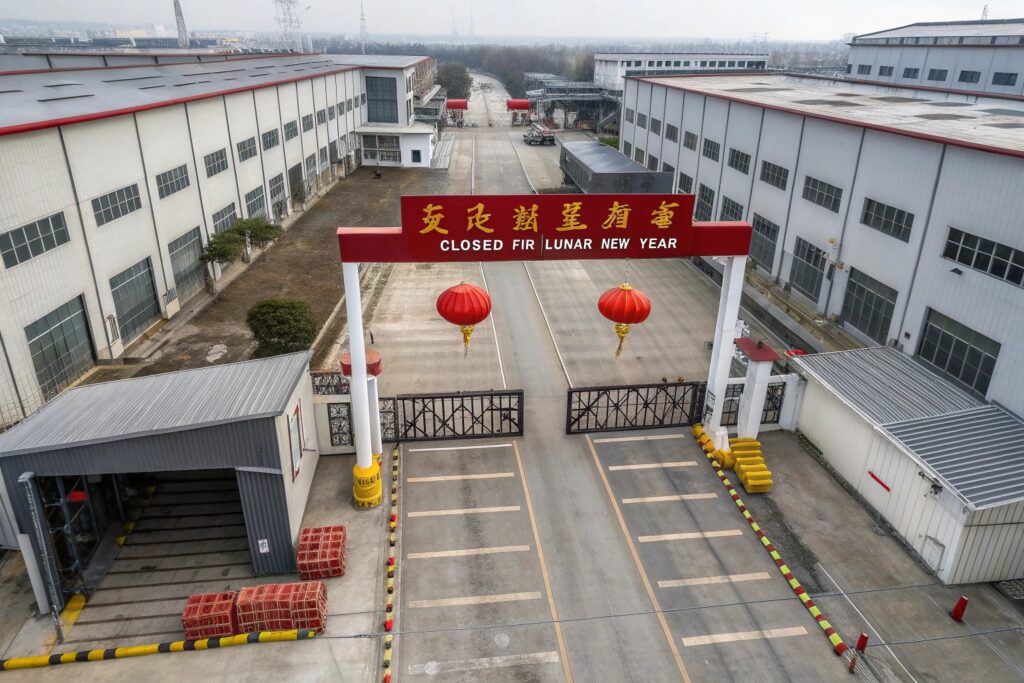
What are smart scheduling strategies before and after Chinese New Year?
A. Pre-Holiday
- Place POs by mid-December
- Approve samples by early November
- Ensure all materials arrive at factory by late December
B. Holiday Period
- Most factories are closed from one week before the New Year
- Logistics slows down 10 days before and 10 days after the holiday
- Expect full radio silence from suppliers
C. Post-Holiday
- Some factories reopen late due to worker shortages
- Quality issues are more common during the restart period
- Shipping bookings become competitive as backlogs grow
| Timeline | Key Action to Take |
|---|---|
| October | Confirm new designs for pre-holiday orders |
| November | Finalize samples and approve packaging |
| Early December | Submit final POs |
| Late December | Secure logistics bookings |
| January – February | Monitor restart dates, prepare for backlogs |
At AceAccessory, we publish our exact closure dates every year by October. We also send out reminders to clients so they can build safety buffers into their product calendar.
Tips for Communicating Timelines with Chinese Factories.
Even experienced buyers underestimate how early they need to act. The problem isn’t just the holiday—it’s the massive pile-up of rush orders that happens before it.
Clear, early communication about your timeline goals—especially if you’re targeting events like Valentine’s, Easter, or Black Friday—ensures factories prioritize your orders before the holiday chaos begins.
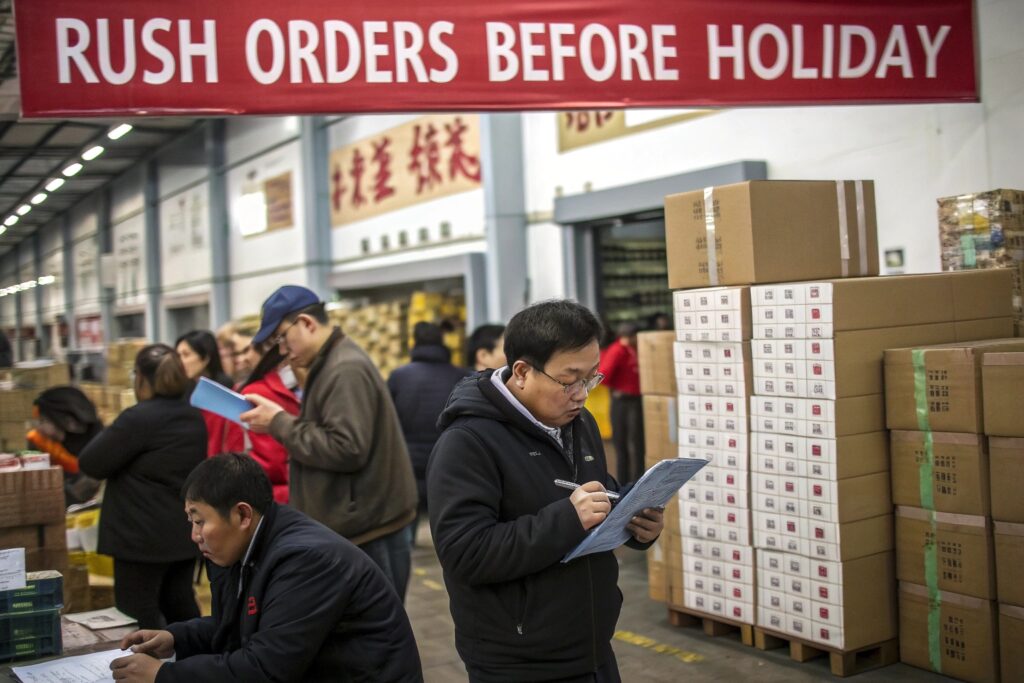
How do I make sure my factory meets my timeline?
1. Ask for Holiday Schedule Early
- Get the factory’s closure calendar by October
- Ask about their last cut-off for new orders
2. Include Shipment Date in PO
- Specify “ready date” and “ship by date” in your official order
- Clarify if your shipper needs pre-booking
3. Confirm Material Lead Times
- Check if any fabrics, trims, or molds are affected by the same closures
- Ask suppliers to reserve critical raw materials early
4. Request Priority Production
- For loyal clients, many factories offer scheduling priority
- Provide a complete forecast so your spot is secured
| Communication Step | Timing | Why It Matters |
|---|---|---|
| Get factory closure notice | October | Prevent last-minute surprises |
| Submit final PO | December 1–15 | Ensure material booking + production |
| Book shipping | December | Space runs out fast pre-holiday |
| Confirm post-holiday plans | Mid-January | Know when to resume orders |
We once saved a major retailer’s Easter promotion by shipping pre-holiday and using a bonded warehouse near Ningbo. That would’ve been impossible without early PO planning and factory coordination.
Using Buffer Stock and Early Booking to Avoid Delays.
Delays aren't just a production issue. Even when your goods are ready, shipping lines can get congested and forwarders overwhelmed.
By building buffer stock and booking shipping space well in advance, accessory importers can absorb delays without damaging their sales cycles.
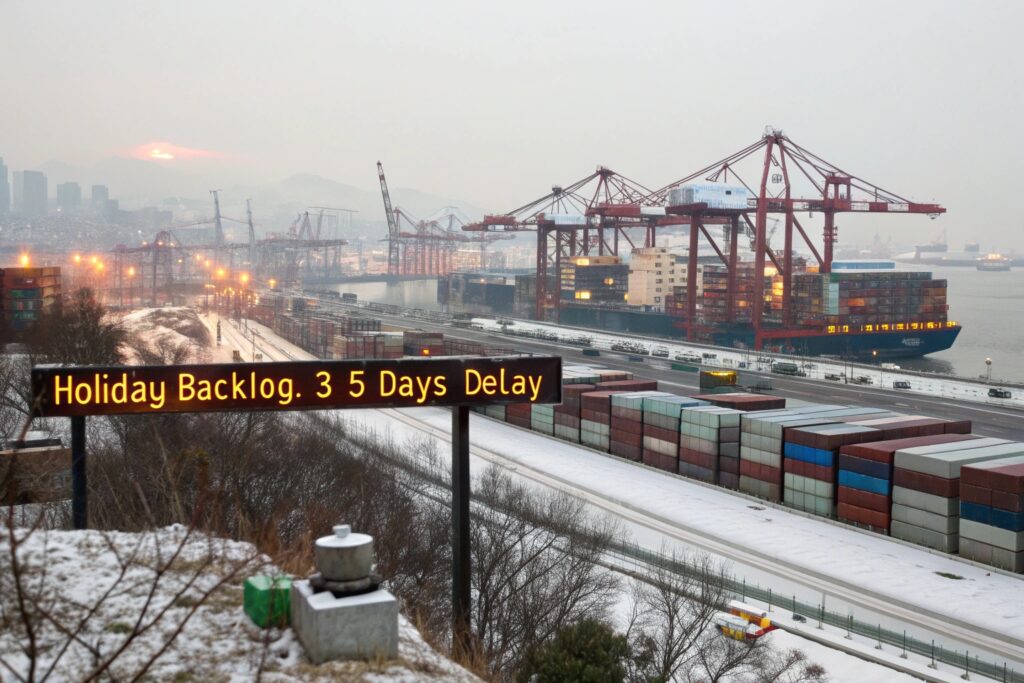
How to use inventory and booking strategy to protect your business?
A. Create Pre-Holiday Buffer Stock
- Add 10–20% extra units in key SKUs to keep inventory flowing
- Store in local 3PL, fulfillment center, or bonded warehouse
B. Pre-Book Freight Forwarders
- Reserve shipping space 3–4 weeks earlier than usual
- Communicate delivery urgency with logistics partner
C. Split Shipments
- Air ship top-selling SKUs for guaranteed arrival
- Sea ship slower movers or refill stock after holiday
| Method | Purpose | When to Use |
|---|---|---|
| Buffer Inventory | Prevent stockouts | For bestsellers or promo season |
| Early Freight Booking | Avoid last-minute container shortage | Jan–Feb, Sept–Oct |
| Split Shipment Strategy | Balance cost vs urgency | Small but urgent campaigns |
At AceAccessory, we provide DDP consolidation and buffer stock storage services. Many of our European clients preload Q1 merchandise into our warehouse by December, so they can ship on demand during the holiday period.
Conclusion
Chinese holidays don’t have to cause supply chain headaches. With early planning, clear communication, and strategic logistics, you can turn a risky season into a competitive advantage.


